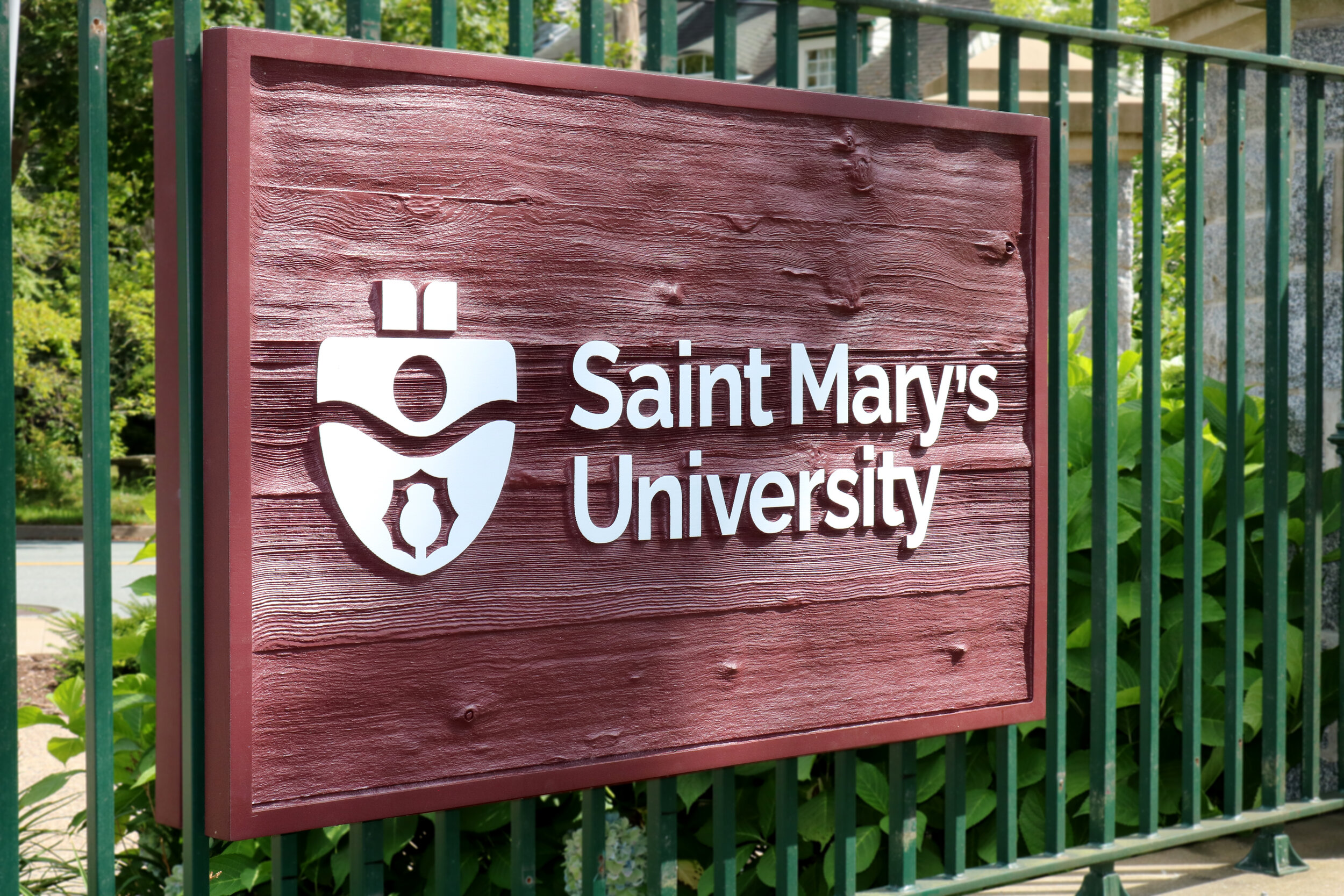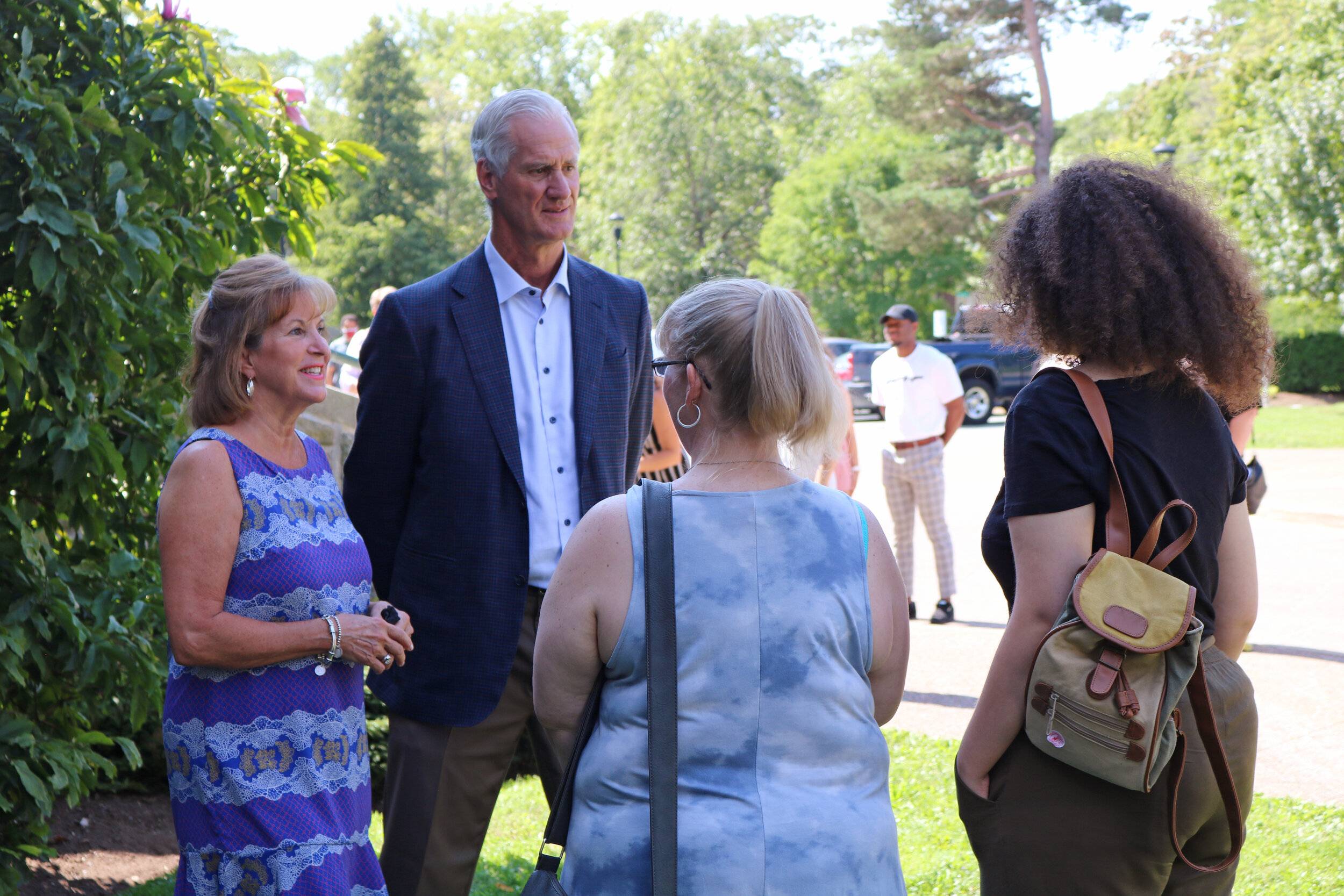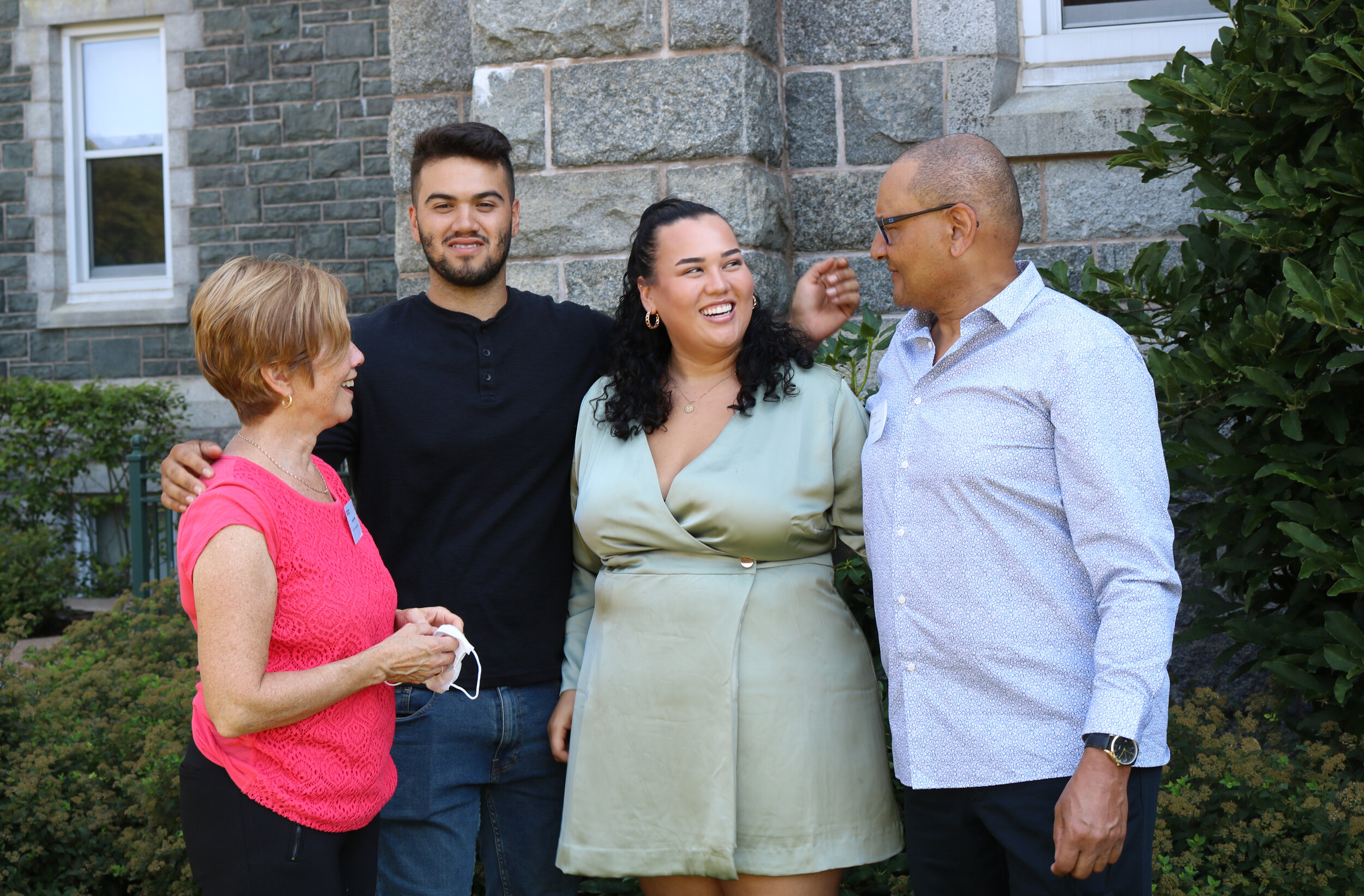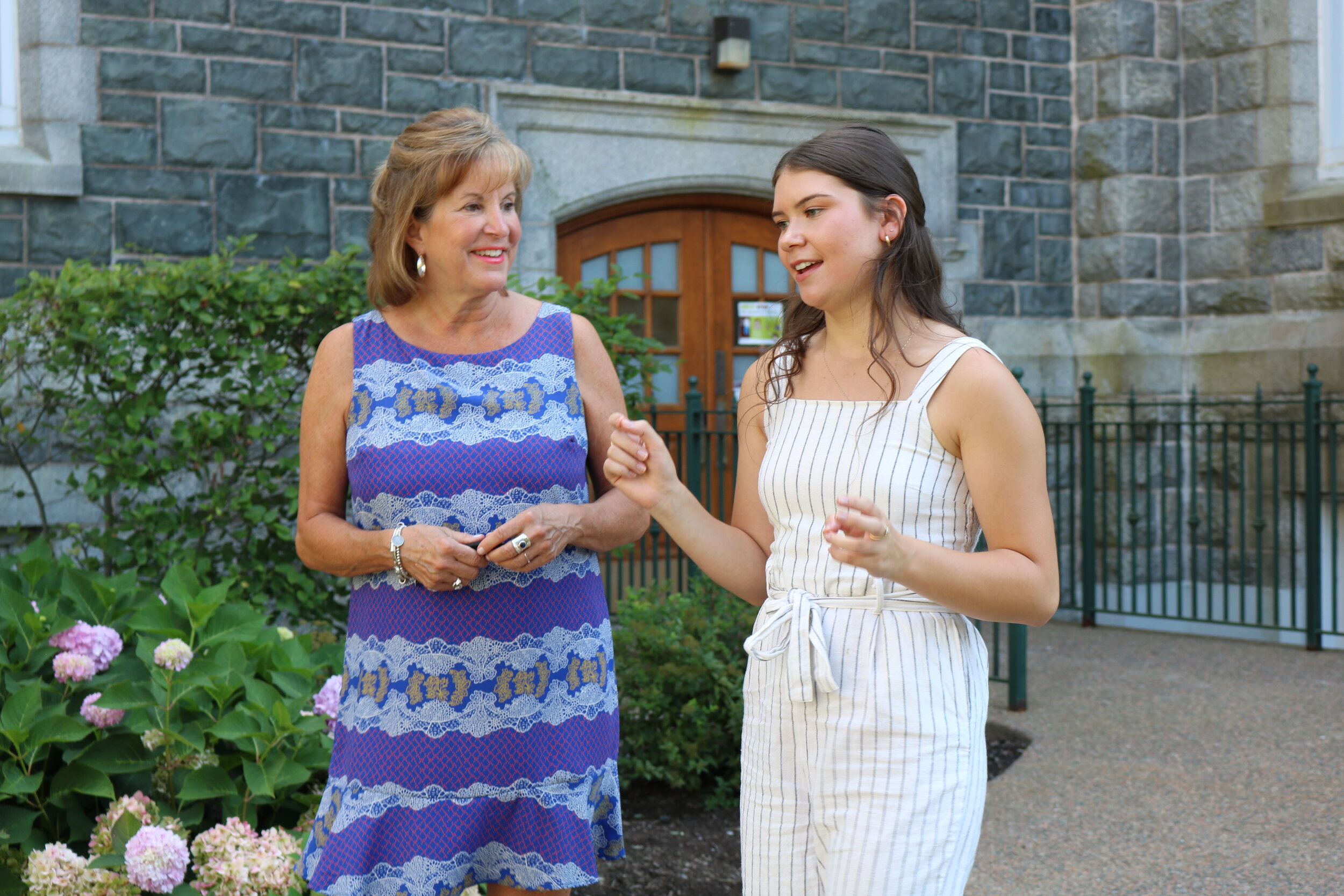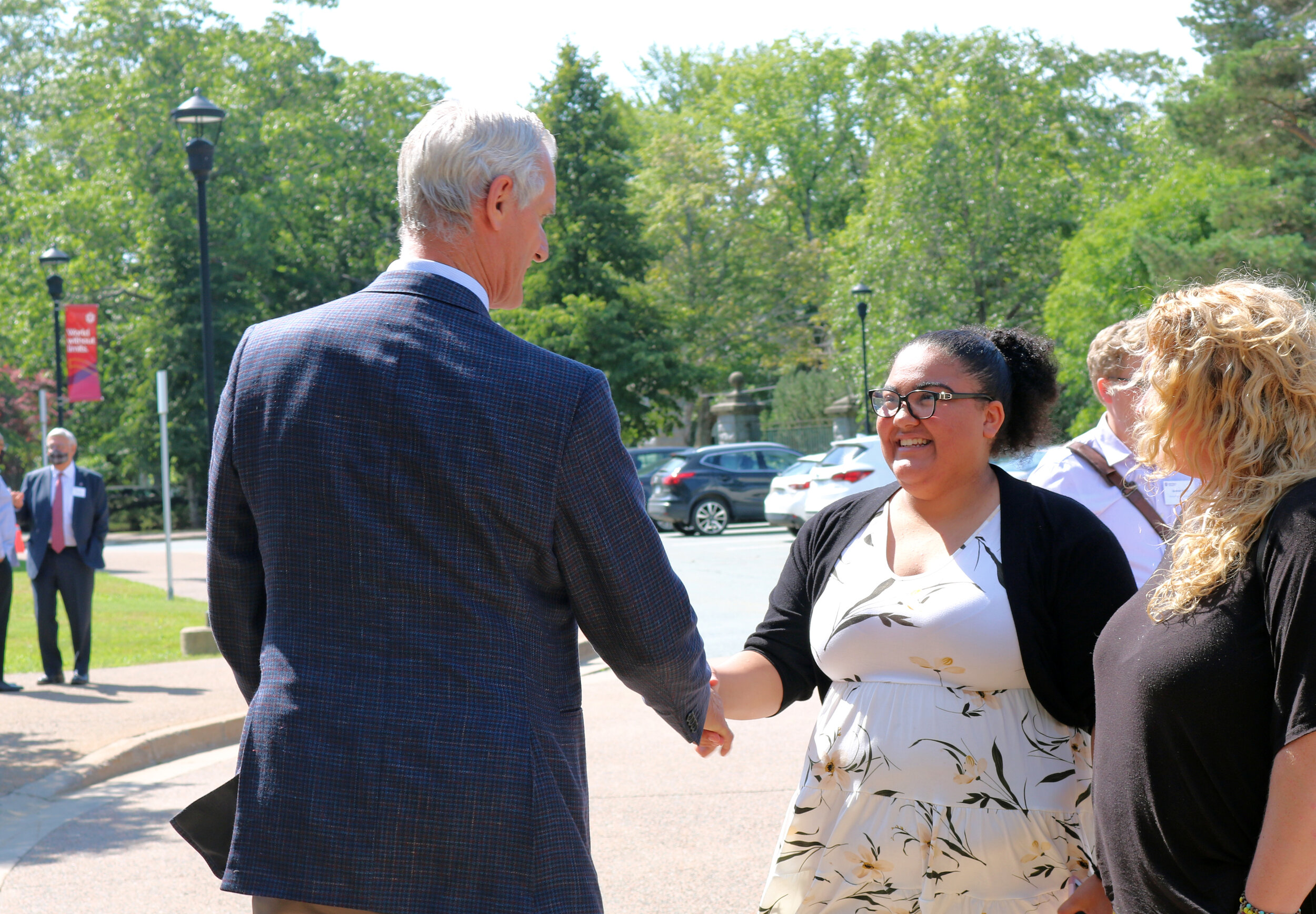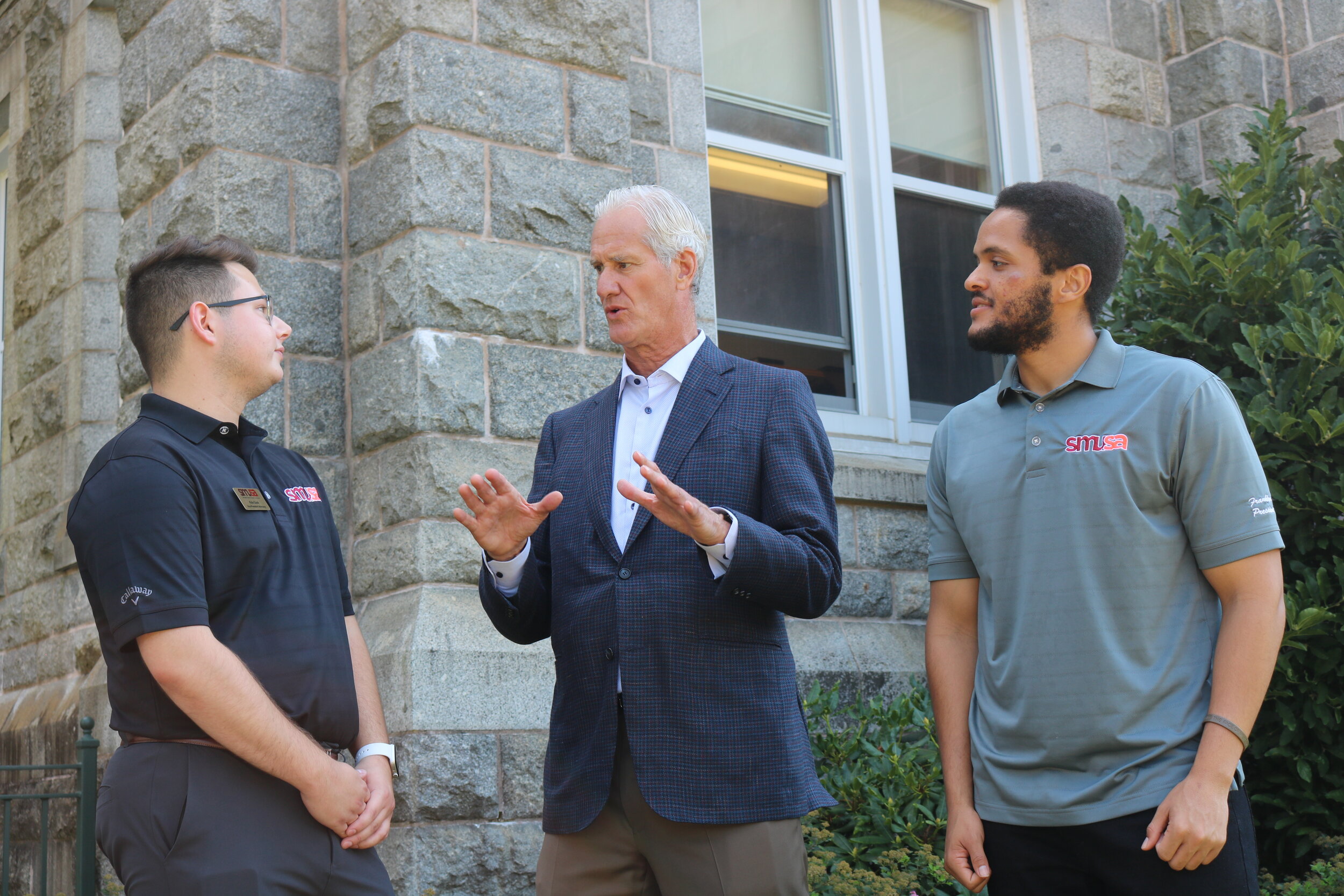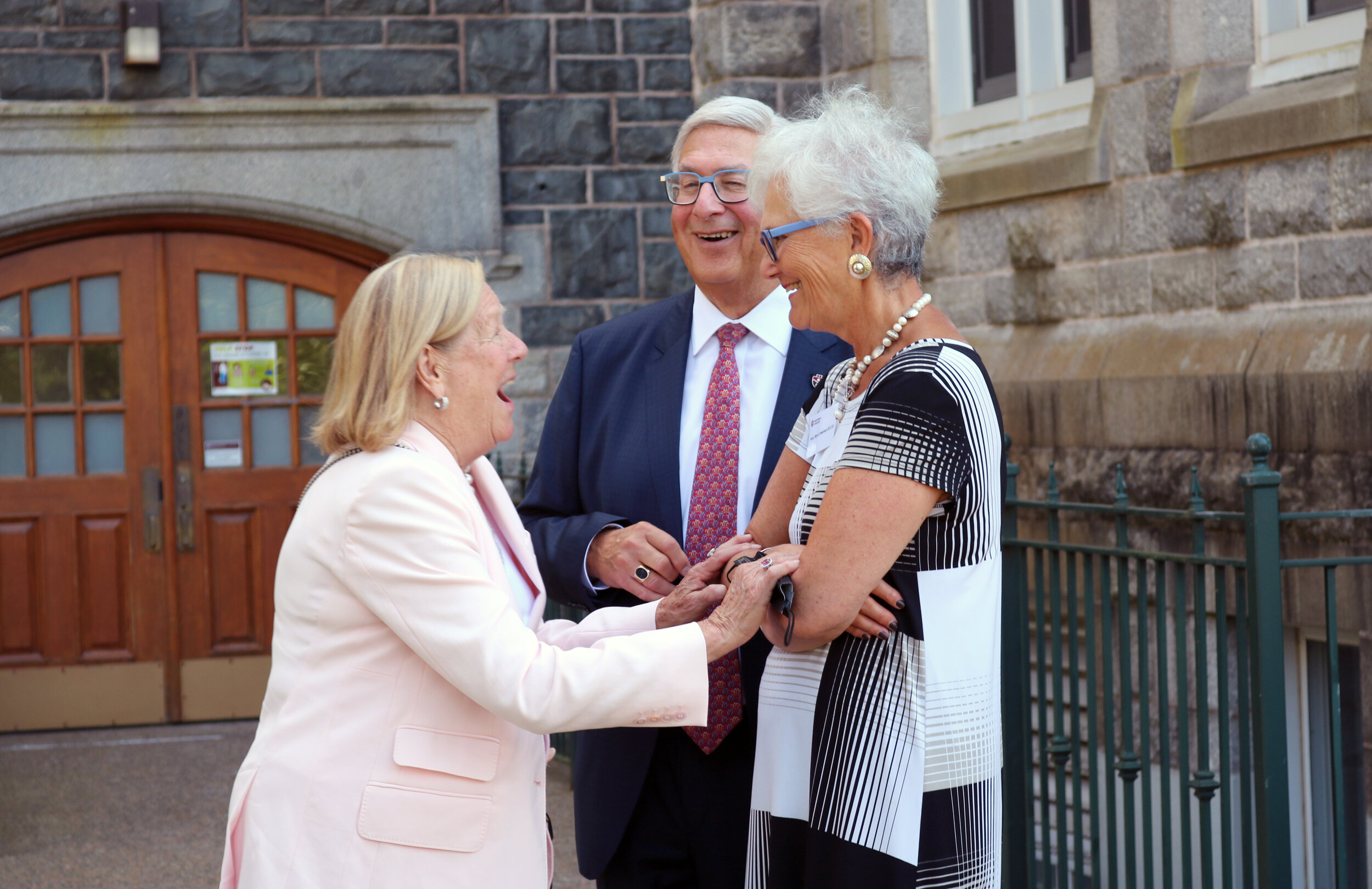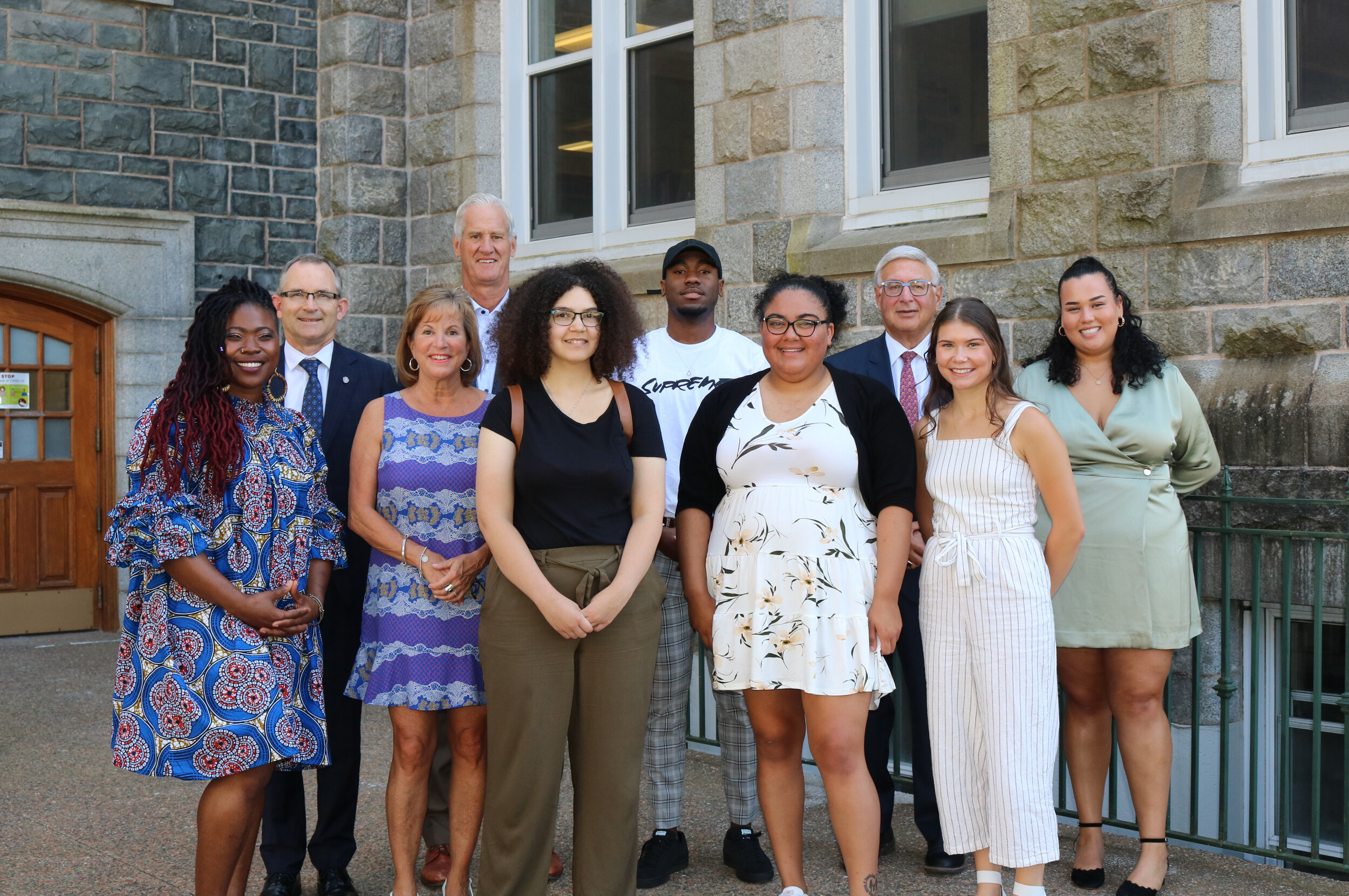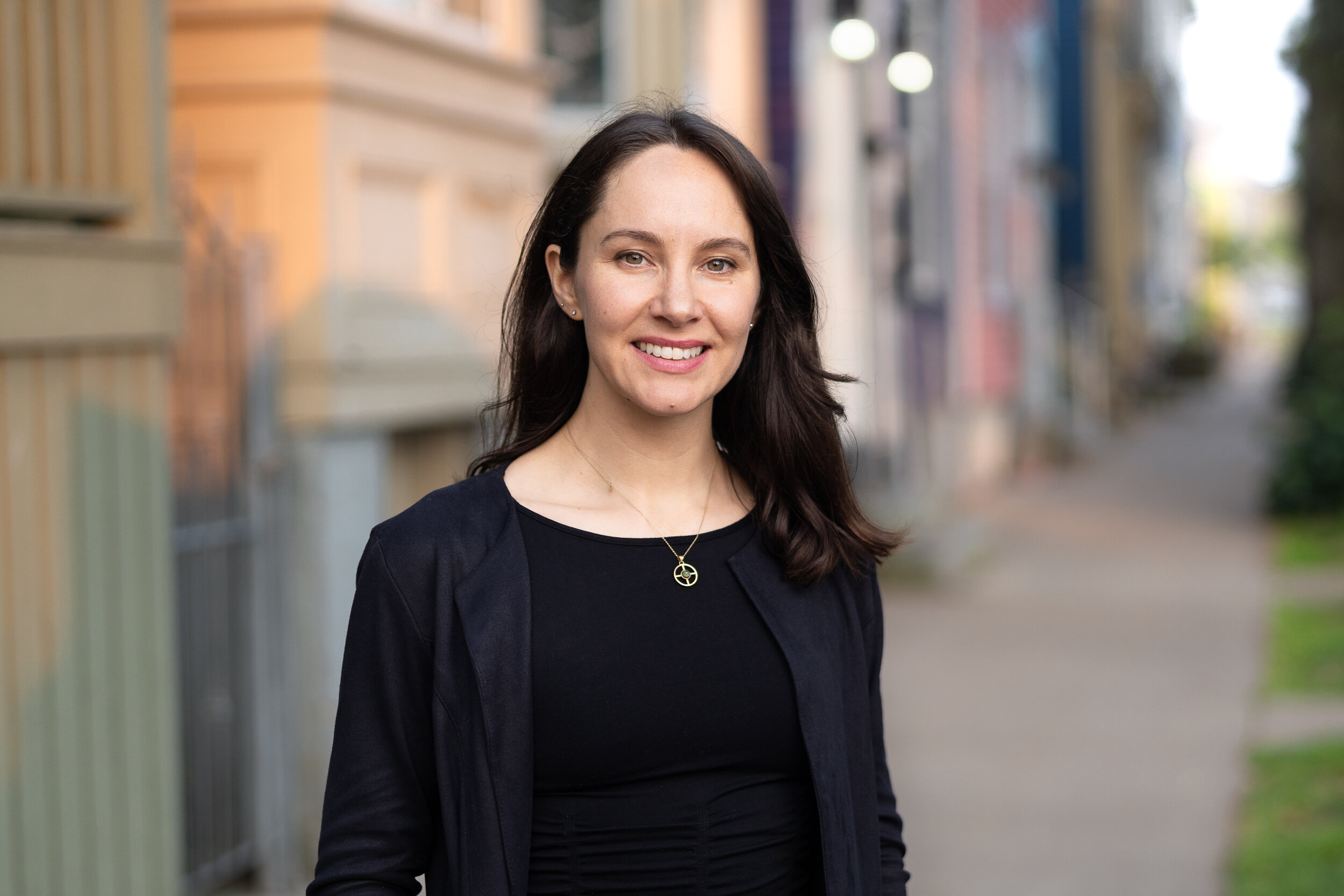L-R: Sebastien Roy-Garand (SMU Undergrad student), Preetinder Jassal (SMU Ph.D. student), Greg Hackman (TRIUMF Scientist), Dr. Rituparna Kanungo (IRIS project leader & SMU Professor), Matthias Holl (SMU-TRIUMF IRIS PDF), Conor Waterfield (SMU student). Photo credit: TRIUMF.
From the wood in your desk to the stars in the sky, atoms and their inner core – the nuclei – are building blocks of the matter we see around us. Yet the traditional knowledge of the structure inside an atomic nucleus might need rethinking, according to new findings from Saint Mary's University researchers.
“This new finding challenges our traditional knowledge of nuclear shells, the onion-like structure inside a nucleus that organizes the building blocks of visible matter in our universe,” says Dr. Rituparna Kanungo, principal investigator of the research, IRIS project leader and Professor at Saint Mary’s University.
A recent paper by Dr. Kanungo, IRIS post-doctoral research fellow Matthias Holl, and the IRIS collaboration team of national and international scientists combines high-precision and high-statistics experimental data gathered with the Saint Mary’s University-led IRIS facility, and theoretical calculations by TRIUMF’s Theory Department and international teams, to unveil an unexpected shape deformation in the heaviest helium isotope, Helium-8 (He8).
"These results were only possible to obtain due to the unique capabilities of the IRIS station,” said Matthias Holl, IRIS post-doctoral research fellow. “They show that unexpected phenomena can occur even in the lightest neutron-rich nuclei."
Our understanding of the stability of the elements is founded in a model of how protons and neutrons in their nuclei combine to stay bound, the so-called “shell model” of nuclear structure. As the elements in the universe are largely formed in the nuclear furnaces of stars, the modern shell model theory has extremely important predictions both for the relative abundance of elements in the universe, and for the stability of stars to evolve, collapse or even explode.
This shell model properly predicts that the most abundant and strongly bound elements are those containing certain particular “magic” numbers of protons and/or neutrons. The current understanding of the shell model implies that nuclei with magic numbers of protons or neutrons have spherically shaped distributions of those neutrons or protons.
This assumption underlies much modelling of how elements are created in stars. Isotopes made with a very high numbers of neutrons relative to protons are unstable, and must eventually decay down to become less neutron-rich, and thus more stable.
But it remains unclear whether this traditional, relatively simple, shell model description can be applied for nuclei of all elements. For example, what if we consider elements that contain lots more neutrons than protons? The new investigation led by Holl and Kanungo considered Helium-8 which has three times as many neutrons as protons, nature's most neutron-rich nucleus known till date. A new magic number seemingly appears for this, with the lowest two conventional magic numbers being 2 and 8, and He8 having 2 protons and 6 neutrons. The result: the distribution of neutrons was not spherical as expected! Instead, the neutrons were distributed more like a rugby-ball. This calls into question parts of the current theory of how elements might be created and destroyed in stars, since this theory relies on the shell model and its spherical magic-number nuclei. We don’t fully understand how we’ve come to see the distribution in abundance of all elements in the Universe, and so we know there’s more to be discovered – this new shape measurement of He8 may be giving a clue towards some of our missing understanding.
Matthias Holl, IRIS post doc. in Dr. Kanungo’s team and lead author said ,“These results were only possible to obtain due to the unique capabilities of the IRIS station. They show that unexpected phenomena can occur even in the lightest neutron-rich nuclei.”
"This intriguing result about the shape of such a light, yet extremely neutron-rich, isotope is providing a new and important contribution to our understanding of how all of the elements in the universe were created in just the relative amounts we observe” said Dr. Adam Sarty, Associate Vice-President Research at Saint Mary’s University. “Coming to a clearer understanding of why the universe contains just exactly the relative abundances that we observe will rest on improving our understanding of whether the simple shell model can be used when nuclei have extreme compositions – and, if not, understanding how to adjust that model.”
“The finding begs further questions on the nature of the new sub-shell closures in neutron-rich nuclei,” said Dr. Kanungo. “This has the potential to influence and inform new understanding on the properties of heavy neutron-rich nuclei that create nature's heavy elements.”
“Nuclear shells are imprinted in nature in the abundance pattern of elements. They govern how nature creates matter through nuclear reactions and decays. The nuclear burning of the heavy neutron-rich nuclei creates the majority of the heavy elements such as gold, silver, platinum, and uranium, that we find on Earth.”
“Our work with Helium-8 is at the international forefront of research in nuclear structure, with Saint Mary’s University as the lead institution,” says Dr. Kanungo. “TRIUMF and the IRIS facility gives a huge opportunity to Saint Mary’s students at all levels, from undergraduate to graduate, to be a part of world-leading research. I look forward with excitement in anticipation of what the future holds with the confluence of ARIEL, CANREB and IRIS at TRIUMF together with our international team.”
The research paper, titled Proton inelastic scattering reveals deformation in helium-8, was published in November 2021 in Physics Letters B. The team’s next steps will be further investigation on the Helium-8 with different reaction probes, as well as exploring the heavy neutron-rich terra incognita.
Looking for more on the Helium-8 findings of the IRIS group? Click here to read more from TRIUMF.





